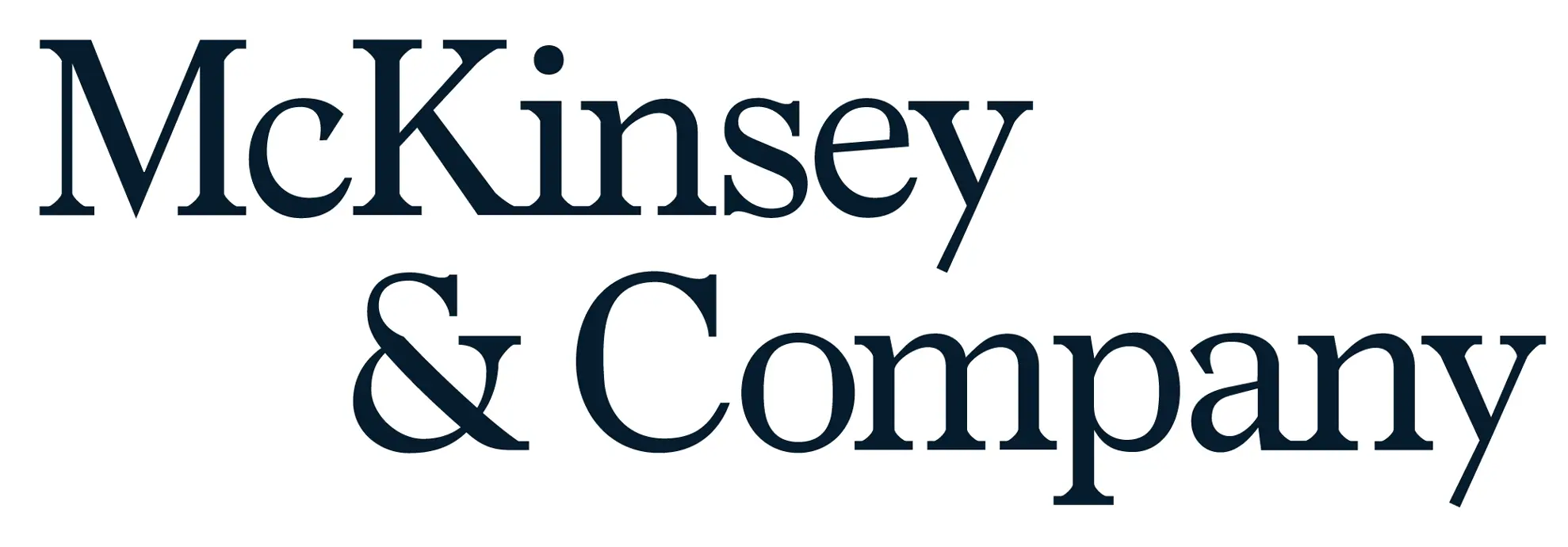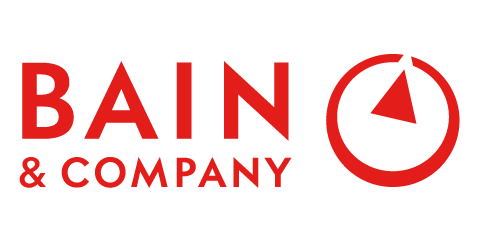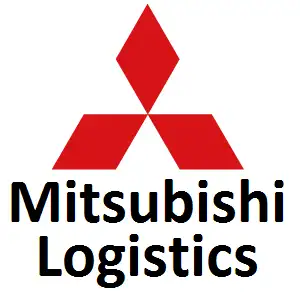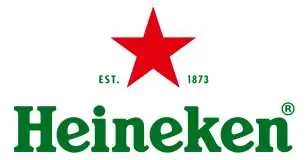
Autonomous Ships Market Growth, Size, Trends, Demand, Revenue, Share and Future Outlook
Autonomous Ships Market Size- By Autonomy, By Ship Type, By Component, By Fuel Type, By End User- Regional Outlook, Competitive Strategies and Segment Forecast to 2033
| Published: Dec-2023 | Report ID: AMIN23200 | Pages: 1 - 244 | Formats*: |
| Category : Automotive & Transportation | |||
- February 2023: Austal USA delivered the autonomously capable EPF 13 ship to the US Navy. EPF 13 includes an automated maintenance, health monitoring, and mission readiness capability from Austal. It will allow the vessel to function without human intervention for up to 30 days when combined with the existing highly automated hull, mechanical, and electrical systems installed in EPF class vessels.
- August 2022: SK Shipping and Sinokor Merchant Marine have ordered an autonomous navigation solution from Avikus, a subsidiary of HD Hyundai Heavy Industries. The Avikus HiNAS 2.0 autonomous navigation technology would be deployed on 23 vessels, including container ships and LNG carriers, under the terms of the deal.


| Report Metric | Details |
| Market size available for years | 2019-2033 |
| Base year considered | 2022 |
| Forecast period | 2023-2033 |
| Segments covered | By Autonomy, By Ship Type, By Component, By Fuel Type, By End User. |
| Regions covered | North America, Asia-Pacific, Latin America, Middle East & Africa and Europe |
| Companies Covered | ABB Ltd., Honeywell International, Kongsberg Gruppen, L 3 ASV, Marine Technologies LLC, Mitsui O.S.K. Lines, Northrop Grumman, Rolls Royce, Ulstein Group ASA, Wartsila |
- Shipping Companies and Operators
- Ship Builders and Designers
- Government and Regulatory Authorities
- Insurance Companies
- Environmental Organizations
| By Autonomy: |
|
| By Ship Type: |
|
| By Component: |
|
| By Fuel Type: |
|
| By End User: |
|
- Global Autonomous Ships Market Size (FY’2023-FY’2033)
- Overview of Global Autonomous Ships Market
- Segmentation of Global Autonomous Ships Market By Autonomy (Fully autonomous, Semi-autonomous)
- Segmentation of Global Autonomous Ships Market By Ship Type (Commercial ships, Défense ships, Passenger ship)
- Segmentation of Global Autonomous Ships Market By Component (Hardware, Software)
- Segmentation of Global Autonomous Ships Market By Fuel Type (Carbon neutral fuels, Electric batteries, Heavy fuel oils (HFO), Liquefied natural gas)
- Segmentation of Global Autonomous Ships Market By End User (Line Fit, Retrofit)
- Statistical Snap of Global Autonomous Ships Market
- Expansion Analysis of Global Autonomous Ships Market
- Problems and Obstacles in Global Autonomous Ships Market
- Competitive Landscape in the Global Autonomous Ships Market
- Impact of COVID-19 and Demonetization on Global Autonomous Ships Market
- Details on Current Investment in Global Autonomous Ships Market
- Competitive Analysis of Global Autonomous Ships Market
- Prominent Players in the Global Autonomous Ships Market
- SWOT Analysis of Global Autonomous Ships Market
- Global Autonomous Ships Market Future Outlook and Projections (FY’2023-FY’2033)
- Recommendations from Analyst
1.1. Scope of the report1.2. Market segment analysis
2.1. Research data source2.1.1. Secondary Data2.1.2. Primary Data2.1.3. SPER’s internal database2.1.4. Premium insight from KOL’s2.2. Market size estimation2.2.1. Top-down and Bottom-up approach2.3. Data triangulation
4.1. Driver, Restraint, Opportunity and Challenges analysis4.1.1. Drivers4.1.2. Restraints4.1.3. Opportunities4.1.4. Challenges4.2. COVID-19 Impacts of the Global Autonomous Ships Market
5.1. SWOT Analysis5.1.1. Strengths5.1.2. Weaknesses5.1.3. Opportunities5.1.4. Threats5.2. PESTEL Analysis5.2.1. Political Landscape5.2.2. Economic Landscape5.2.3. Social Landscape5.2.4. Technological Landscape5.2.5. Environmental Landscape5.2.6. Legal Landscape5.3. PORTER’s Five Forces5.3.1. Bargaining power of suppliers5.3.2. Bargaining power of buyers5.3.3. Threat of Substitute5.3.4. Threat of new entrant5.3.5. Competitive rivalry5.4. Heat Map Analysis
6.1. Global Autonomous Ships Market Manufacturing Base Distribution, Sales Area, Product Type6.2. Mergers & Acquisitions, Partnerships, Product Launch, and Collaboration in Global Autonomous Ships Market
7.1. Global Autonomous Ships Market Value Share and Forecast, By Autonomy, 2023-20337.2. Fully autonomous7.3. Semi-autonomous
8.1. Global Autonomous Ships Market Value Share and Forecast, By Ship Type, 2023-20338.2. Commercial ships8.3. Défense ships8.4. Passenger ship
9.1. Global Autonomous Ships Market Value Share and Forecast, By Component, 2023-20339.2. Hardware
9.3. Software
10.1. Global Autonomous Ships Market Value Share and Forecast, By Fuel Type, 2023-203310.2. Carbon neutral fuels10.3. Electric batteries10.4. Heavy fuel oils (HFO)10.5. Liquefied natural gas
11.1. Global Autonomous Ships Market Value Share and Forecast, By End User, 2023-203311.2. Line Fit11.3. Retrofit
12.1. Global Autonomous Ships Market Size and Market Share
13.1. Global Autonomous Ships Market Size and Market Share By Autonomy (2019-2026)13.2. Global Autonomous Ships Market Size and Market Share By Autonomy (2027-2033)
14.1. Global Autonomous Ships Market Size and Market Share By Ship Type (2019-2026)14.2. Global Autonomous Ships Market Size and Market Share By Ship Type (2027-2033)
15.1. Global Autonomous Ships Market Size and Market Share By Component (2019-2026)15.2. Global Autonomous Ships Market Size and Market Share By Component (2027-2033)
16.1. Global Autonomous Ships Market Size and Market Share By Fuel Type (2019-2026)16.2. Global Autonomous Ships Market Size and Market Share By Fuel Type (2027-2033)
17.1. Global Autonomous Ships Market Size and Market Share By End User (2019-2026)17.2. Global Autonomous Ships Market Size and Market Share By End User (2027-2033)
18.1. Global Autonomous Ships Market Size and Market Share By Region (2019-2026)18.2. Global Autonomous Ships Market Size and Market Share By Region (2027-2033)18.3. Asia-Pacific18.3.1. Australia18.3.2. China18.3.3. India18.3.4. Japan18.3.5. South Korea18.3.6. Rest of Asia-Pacific18.4. Europe18.4.1. France18.4.2. Germany18.4.3. Italy18.4.4. Spain18.4.5. United Kingdom18.4.6. Rest of Europe18.5. Middle East and Africa18.5.1. Kingdom of Saudi Arabia18.5.2. United Arab Emirates18.5.3. Rest of Middle East & Africa18.6. North America18.6.1. Canada18.6.2. Mexico18.6.3. United States18.7. Latin America18.7.1. Argentina18.7.2. Brazil18.7.3. Rest of Latin America
19.1. ABB Ltd.19.1.1. Company details19.1.2. Financial outlook19.1.3. Product summary19.1.4. Recent developments19.2. Honeywell International19.2.1. Company details19.2.2. Financial outlook19.2.3. Product summary19.2.4. Recent developments19.3. Kongs Berg Gruppen19.3.1. Company details19.3.2. Financial outlook19.3.3. Product summary19.3.4. Recent developments19.4. L 3 ASV19.4.1. Company details19.4.2. Financial outlook19.4.3. Product summary19.4.4. Recent developments19.5. Marine Technologies LLC.19.5.1. Company details19.5.2. Financial outlook19.5.3. Product summary19.5.4. Recent developments19.6. Mitsui O.S.K. Lines19.6.1. Company details19.6.2. Financial outlook19.6.3. Product summary19.6.4. Recent developments19.7. Northrop Grumman19.7.1. Company details19.7.2. Financial outlook19.7.3. Product summary19.7.4. Recent developments19.8. Rolls Royce19.8.1. Company details19.8.2. Financial outlook19.8.3. Product summary19.8.4. Recent developments19.9. Ulstein Group ASA19.9.1. Company details19.9.2. Financial outlook19.9.3. Product summary19.9.4. Recent developments19.10. Wartsila19.10.1. Company details19.10.2. Financial outlook19.10.3. Product summary19.10.4. Recent developments19.11. Others
SPER Market Research’s methodology uses great emphasis on primary research to ensure that the market intelligence insights are up to date, reliable and accurate. Primary interviews are done with players involved in each phase of a supply chain to analyze the market forecasting. The secondary research method is used to help you fully understand how the future markets and the spending patterns look likes.
The report is based on in-depth qualitative and quantitative analysis of the Product Market. The quantitative analysis involves the application of various projection and sampling techniques. The qualitative analysis involves primary interviews, surveys, and vendor briefings. The data gathered as a result of these processes are validated through experts opinion. Our research methodology entails an ideal mixture of primary and secondary initiatives.
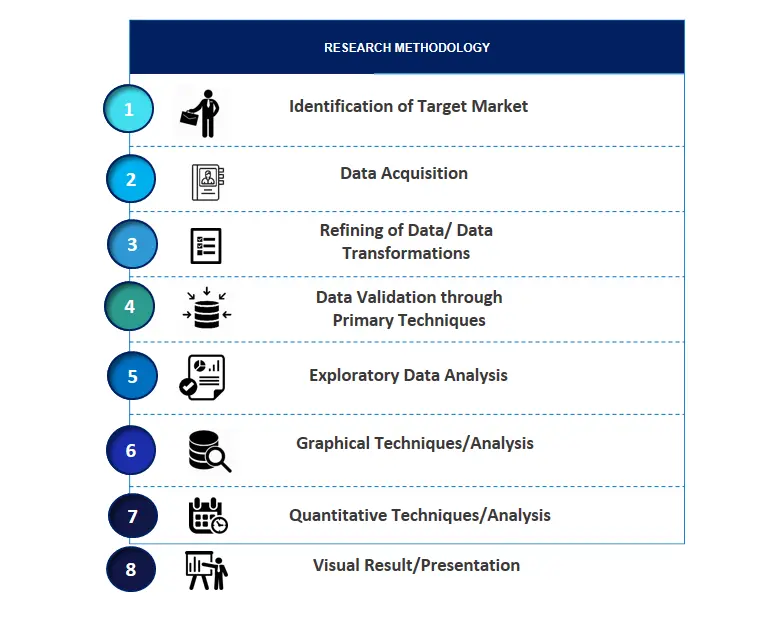
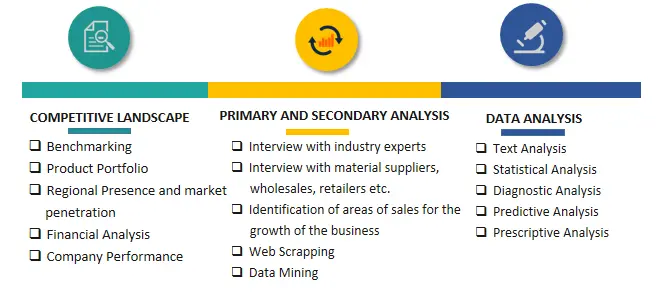

Frequently Asked Questions About This Report
PLACE AN ORDER
Year End Discount
Sample Report
Pre-Purchase Inquiry
NEED CUSTOMIZATION?
Request CustomizationCALL OR EMAIL US
100% Secure Payment



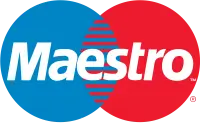


Related Reports
Our Global Clients
Our data-driven insights have influenced the strategy of 200+ reputed companies across the globe.






